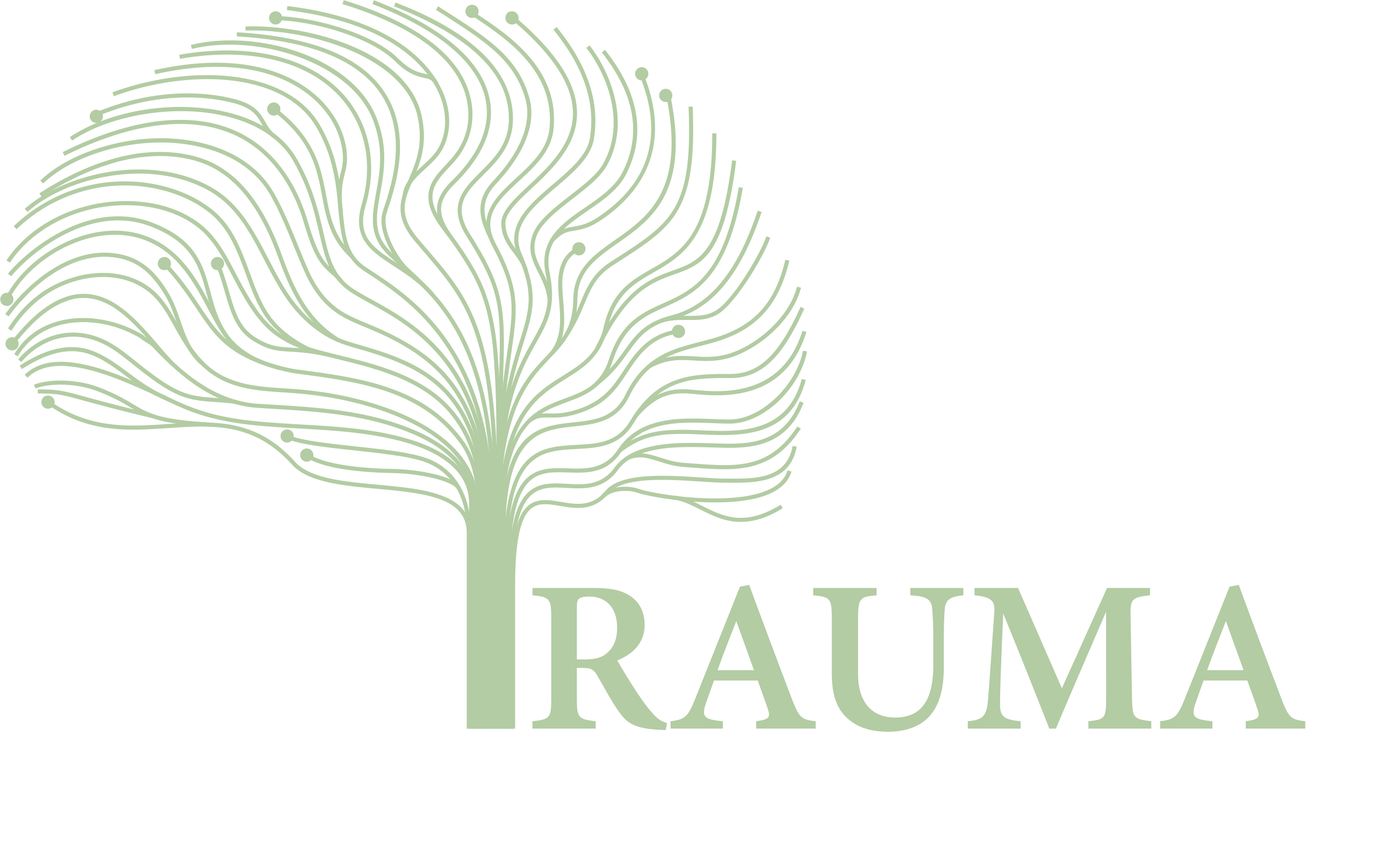The Best Trauma Therapy for PTSD
How EMDR, CPT, and PE Therapy can help with PTSD
Not all PTSD treatment is created equally. PTSD stands for Post-Traumatic Stress Disorder. It is a diagnosis with certain criteria that comprises one type of reaction to at least one traumatic event in a person’s life. Trauma and stress can look different across individuals. Many people who have experienced stress or trauma may not specifically meet the criteria for PTSD but have difficulties with their traumatic experiences that contribute to feelings of depression, anxiety, anger or guilt, problems with sleep, eating, harmful coping, dissociation, altered sense of self or meaning, and/or problems in relationships. You will let your therapist know how your stress or trauma impacts you as an individual and how you would like your life to look.
Our providers are trained in several different types of trauma therapy – all of which have been extensively researched to be effective – that means they work! This helps our clients to improve their functioning as efficiently as possible. Whether EMDR therapy, CPT therapy, or Prolonged Exposure is right for you will depend on a number of factors – some of which you and your therapist can figure out within your first month or two of therapy. The following describes three types of trauma therapy, what they target, and how they are the most helpful. These trauma therapies can be helpful for any person who is struggling with the effects of traumatic experiences.
EMDR Therapy – Eye Movement Desensitization and Reprocessing
The first type of therapy is EMDR or Eye Movement Desensitization and Reprocessing. EMDR treatment is one of the most well-researched trauma therapies. It is effective for people who have experienced trauma, and can also be helpful for many other concerns, including depression and anxiety. EMDR is based on the idea that your past experiences may be interfering with current feelings, sensations, and beliefs about yourself. EMDR utilizes dual attention stimulation (such as rapid eye movement or tapping) during brief exposures to disturbing experiences to decrease the intensity of the unwanted thoughts, beliefs, and sensations and to increase or reinforce the new, adaptive feelings and beliefs about yourself. It works by harnessing your brain’s natural processing centers, which may not have been activated if your trauma or stress levels were too high at the time. EMDR may be right for you if your brain and body keep acting ‘as if’ you were back in a scary place even when the actual stressor is gone.
EMDR varies in length, some people may endorse improvement in a few processing sessions while others take longer. There are no specific at-home activities during EMDR, but often processing continues after the session ends and/or you and your clinician may identify some activities to supplement the processing sessions if they fit with your treatment goals.
CPT – Cognitive Processing Therapy
The second type of therapy is Cognitive Processing Therapy or CPT. CPT is based on the idea that beliefs that arose from trauma keep you stuck from recovering from those traumatic experiences. In the course of this therapy, you determine whether these beliefs are realistic or helpful, learn how to ask questions about these beliefs and explore the context in which these beliefs were developed. You may begin to recognize that while these beliefs made sense at the time, they may no longer be helpful and may be keeping you from living the life you would like. Through this process, you begin developing new ways of viewing yourself, others, and the world. By considering these new perspectives, the natural recovery process from trauma unfolds which allows you to grieve these traumatic experiences and helps you reconnect with your world. CPT is a good therapy option for people whose beliefs about themselves, others, and the world seem to keep getting in the way of moving forward toward the life they want now and for their future.
CPT is a time-limited therapy with an average of 12 sessions. There are daily at-home activities in which you practice the skills introduced during that week’s therapy session. For CPT, the more you are able to practice these skills at home, the more you can get out of the therapeutic process.
PE – Prolonged Exposure Therapy
The third type of therapy is Prolonged Exposure or PE. Do you feel like no matter how far you fling away your scary past, it seems to keep boomeranging back and hitting you in the face again and again? PE therapists get that! Prolonged Exposure or PE is based on the idea that avoidance of disturbing memories or feelings maintains trauma-related symptoms and distress. Although avoidance is a natural response to traumatic memories and feelings, avoiding too many things can keep you from leading a fuller life. In PE, you walk through memories, feelings, and situations that remind you of the trauma in order to see that the feelings can become less intrusive and intense, the experience starts to look different, you realize you can handle these memories and feelings and you begin to control the memories, rather than them controlling you.
PE is also a time-limited therapy with an average of 10-16 sessions which each last 90 minutes. PE also involves daily at-home activities in which you practice systematically engaging in situations you have been avoiding. As with CPT, the more you are able to engage in these practices at home, the more you can get out of the therapeutic process.
While each of these therapies vary in what activities you may be engaging in during session or at home, they are all effective in helping you reclaim your life from traumatic or distressing experiences. They each take a brave willingness to step forward toward a better life in which you can determine your own future despite your past. Exploring each of these options with your provider can be helpful in determining which may be the best fit for you and your treatment goals.



